Humidity and Temperature Test Chambers: Ensuring Product Resilience in Extreme Conditions
In today’s competitive marketplace product reliability and durability are really important to maintain customer support and ensuring long term success. Whether you are manufacturing electronic devices or even just packaging materials it’s important for you to ensure that our products can easily withstand different environmental conditions. One of the best ways to test and guarantee the resilience of your product is through Humidity and Temperature test chamber. These chambers are indispensable for simulating extreme environmental conditions like drastic temperature fluctuations and of course varying levels of humidity. In this guide you can learn everything about what humidity and temperature test chambers are and why are they beneficial.
What are the humidity and temperature test chambers?
They are specialized pieces of equipment designed to simulate a huge range of environmental conditions. The chambers exposed products to controlled conditions like extreme heat and humidity levels mimicking the challenges that products might face during the life cycle. From extreme heat to freezing cold ensuring their products maintain functionality in any climate. Testing how well the products endure sudden changes in temperature. By subjecting your products to all these conditions you can just identify potential weakness ensure product reliability and make important improvements before launching them in the market.
Why are humidity and temperature test chambers important?
No matter how well designed your product might be it will likely encounter various environmental challenges during transportation storage or use. humidity and temperature test chambers allow you to simulate the real-world conditions and even understand the resilience of your product before it reaches the hands of the consumer.
Environmental factors like temperature and humidity can even degrade your materials or even weaken the structures and cost products to fail prematurely. Excessive heat can Causeway electronic components to malfunction while high humidity can lead to condensation and corrosion. Plastic and rubber materials can become brittle in cold conditions or softer under high heat. Conducting the tests in these chambers allow you to identify vulnerabilities in your products and address them before the product goes to market thus preventing costly product failures.
Several industries have specific regulations and standards that products need to meet to be deemed safely and reliable. Humidity and temperature test chambers help you ensure that our products comply with all the standards. Testing helps you avoid penalties delays and reputational damage because of non compliance.
Industries That Use Humidity and Temperature Test Chambers
1. Electronics
Electronic components and devices are often sensitive to temperature and humidity. Testing helps ensure that these products can operate reliably in different climates and are resistant to damage from moisture or extreme heat.
2. Automotive
Automotive parts, including engines, tires, and electronics, must endure both the cold of winter and the heat of summer. Humidity and temperature test chambers are used to simulate the effects of these conditions on automotive components.
3. Aerospace
In the aerospace industry, components are exposed to extreme conditions at high altitudes, including freezing temperatures and low humidity levels. Testing ensures that aircraft parts and materials remain functional in such environments.
Common Tests Performed in Humidity and Temperature Chambers
Humidity and temperature test chambers are used to perform a wide variety of tests, including:
1. Thermal Cycling
Thermal cycling subjects products to alternating periods of high and low temperatures. This test identifies how well products can withstand rapid temperature changes, which are common in transportation and field use.
2. Temperature Endurance
This test exposes products to sustained high or low temperatures over extended periods. The goal is to assess long-term durability in extreme heat or cold environments.
3. Humidity Endurance
By maintaining high or low humidity levels for prolonged periods, this test evaluates how well products perform in environments where moisture is a factor. For example, it can identify corrosion or material degradation caused by moisture absorption.
Conclusion
In an increasingly globalized market, your product must be ready to face a range of environmental conditions, from the heat of the tropics to the freezing cold of high altitudes. Humidity and temperature test chambers provide manufacturers with the tools to simulate these conditions and ensure that their products can withstand the harshest environments.

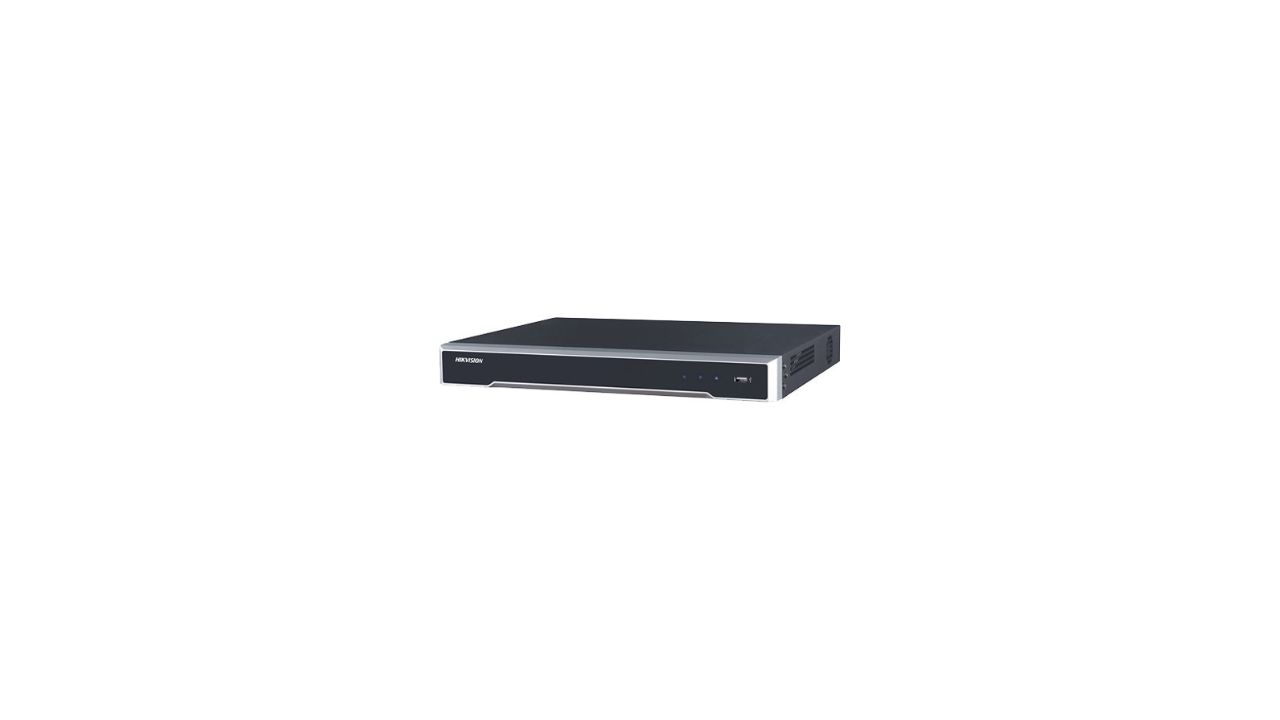
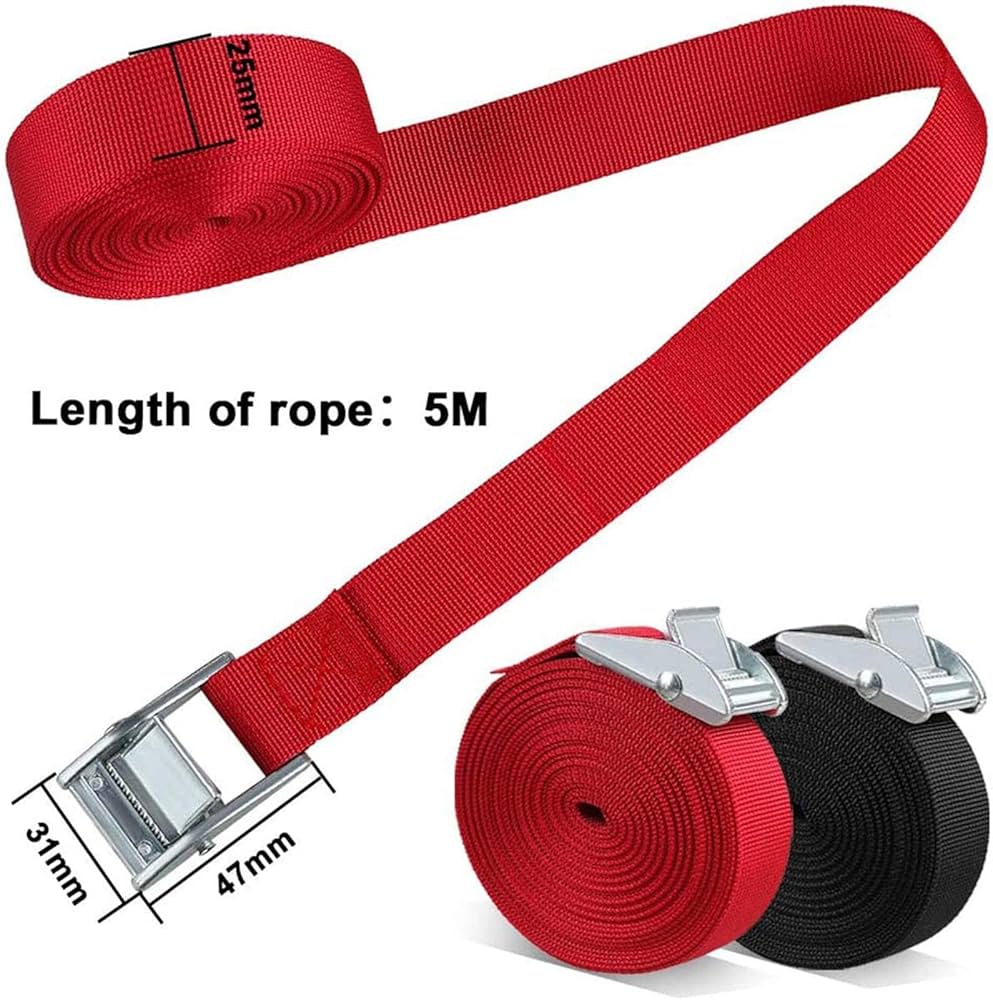

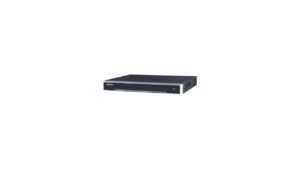




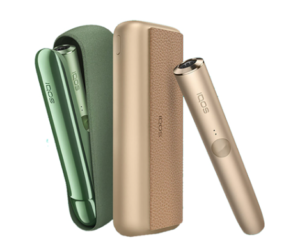

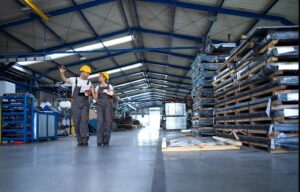

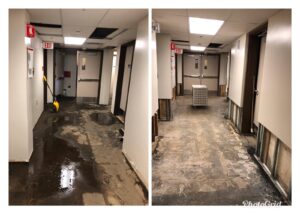
Post Comment